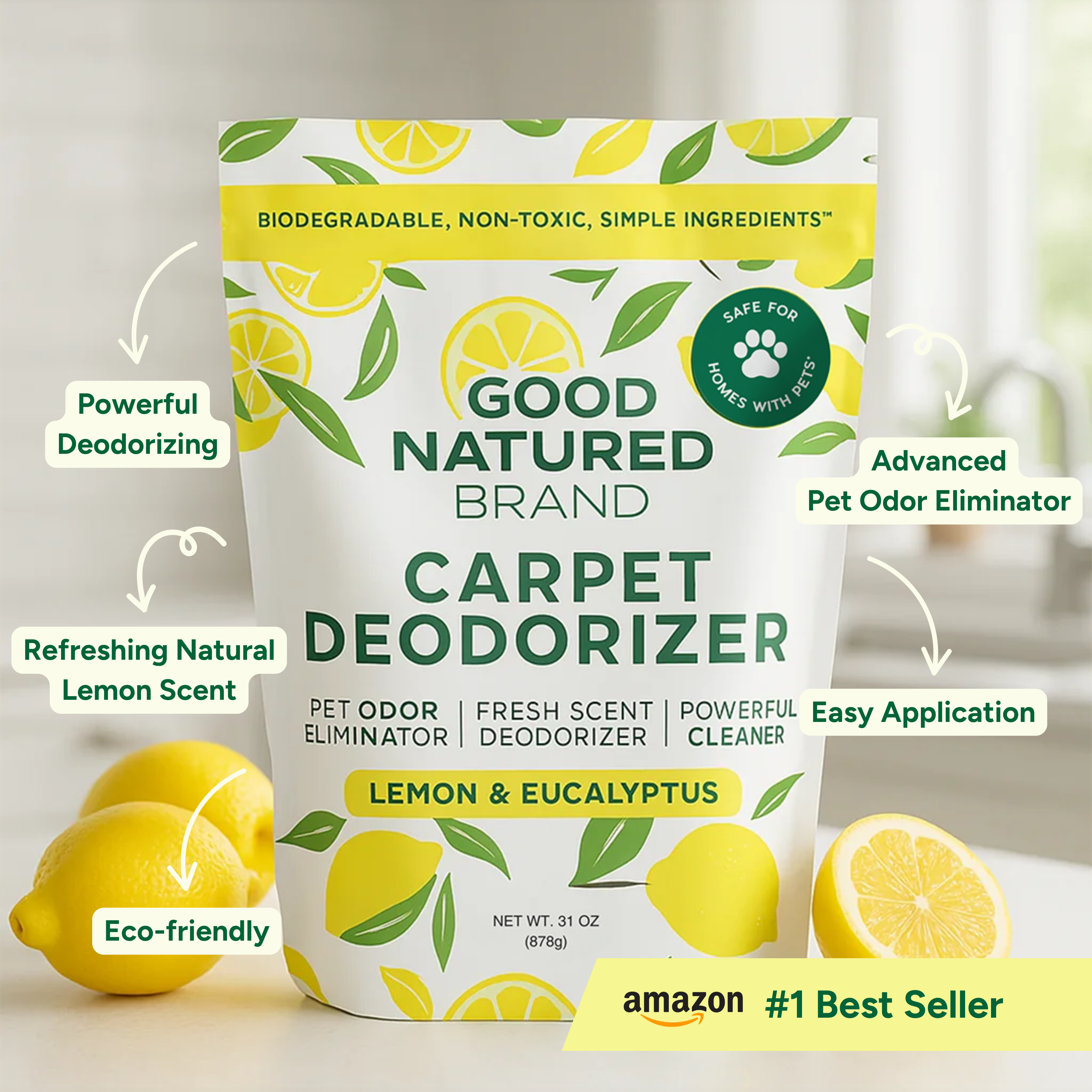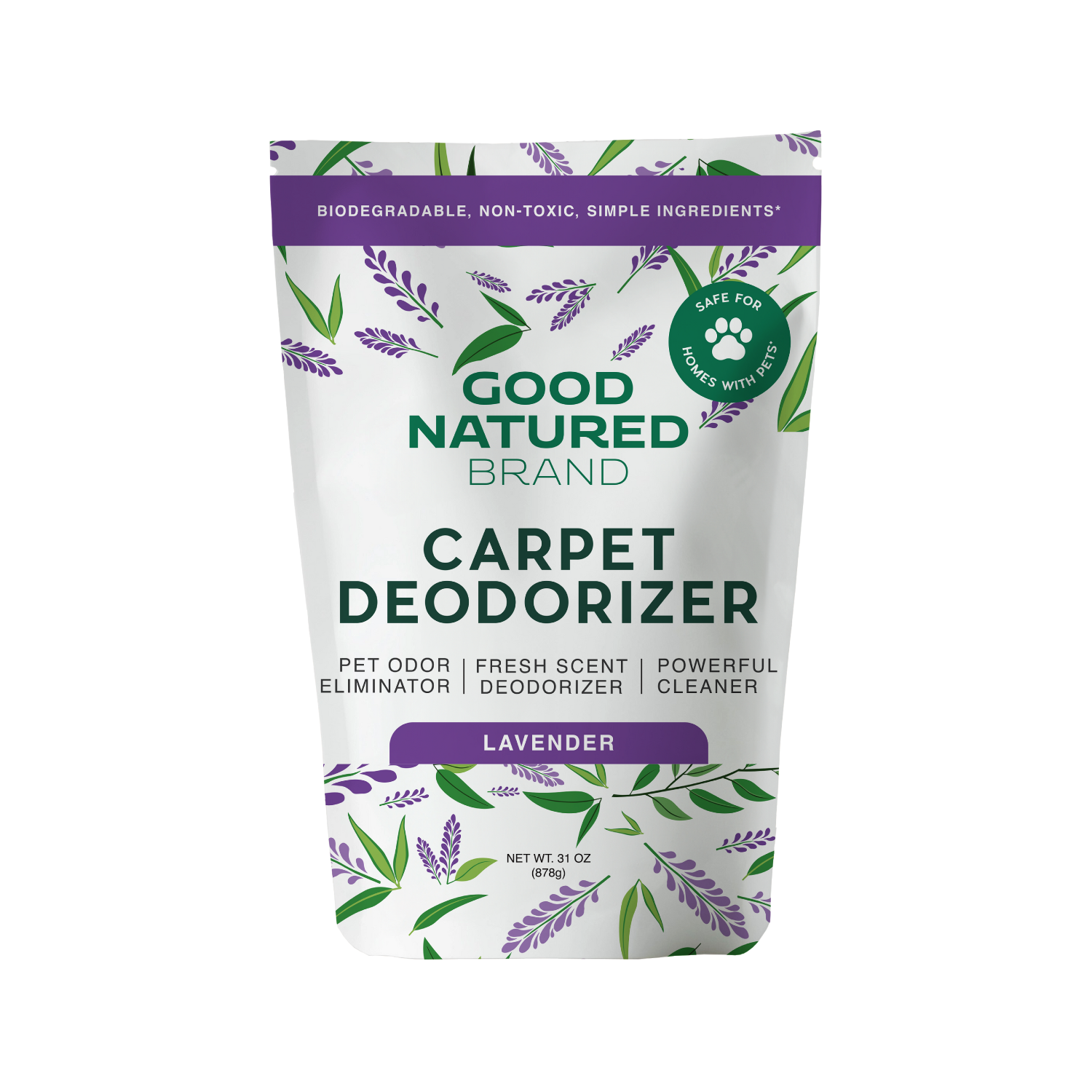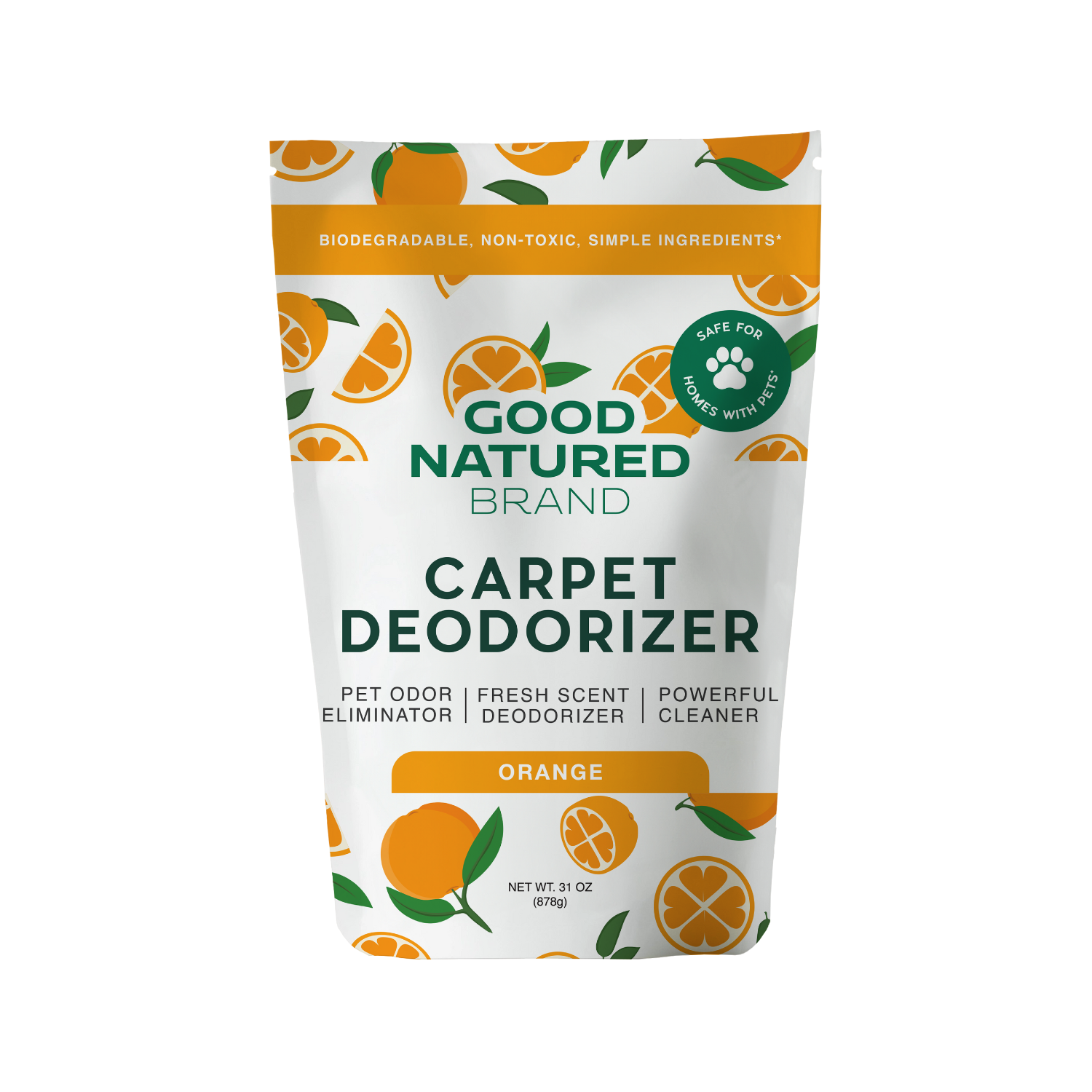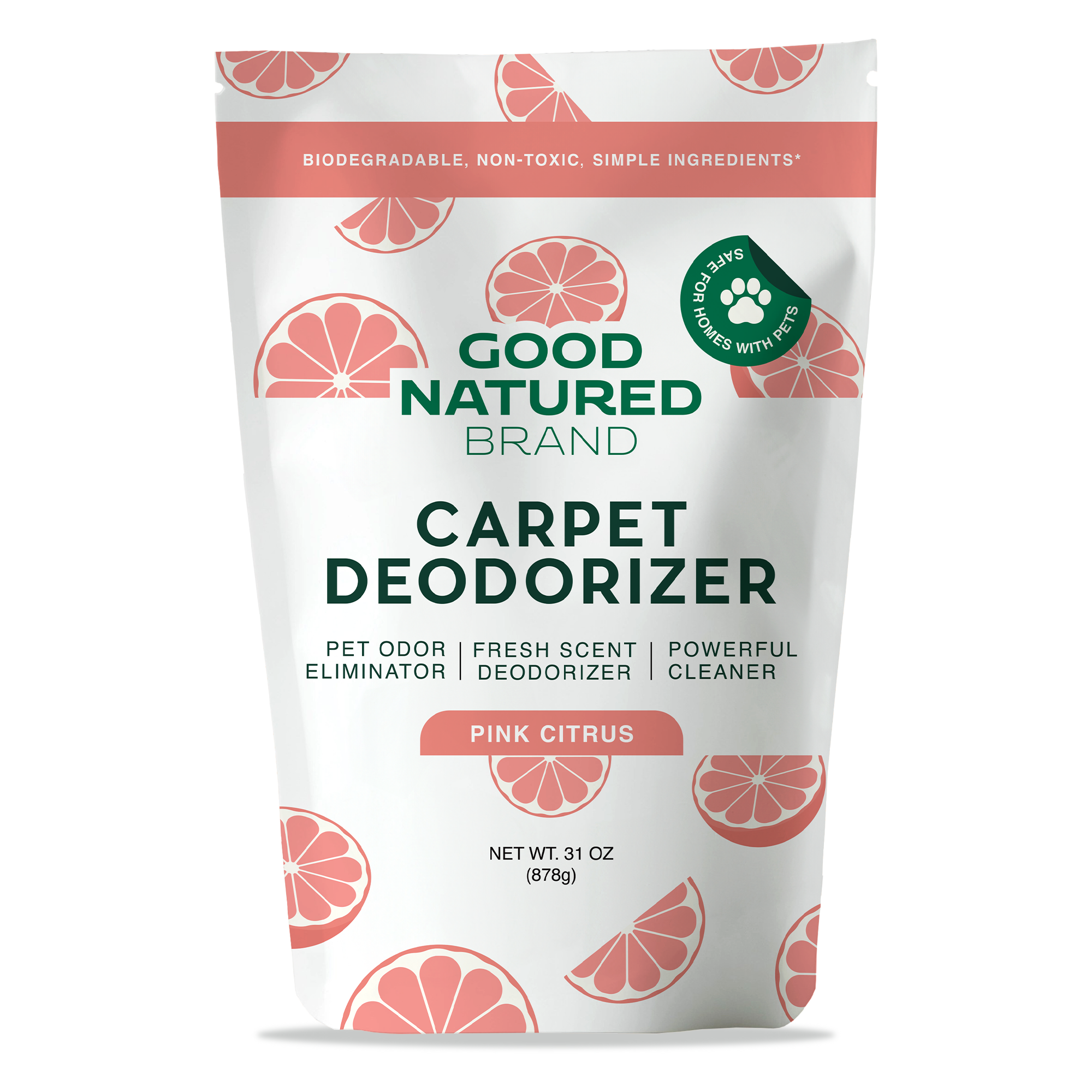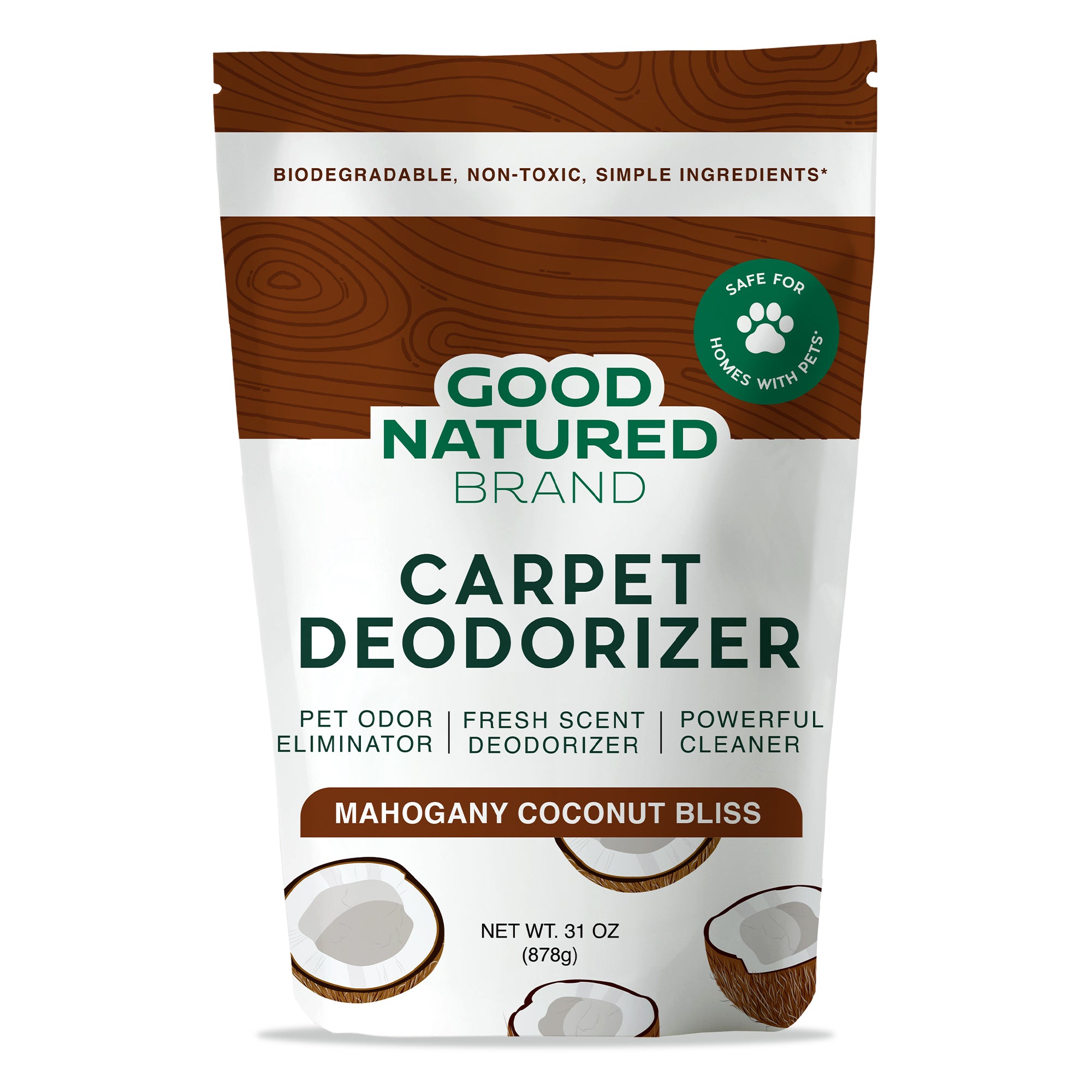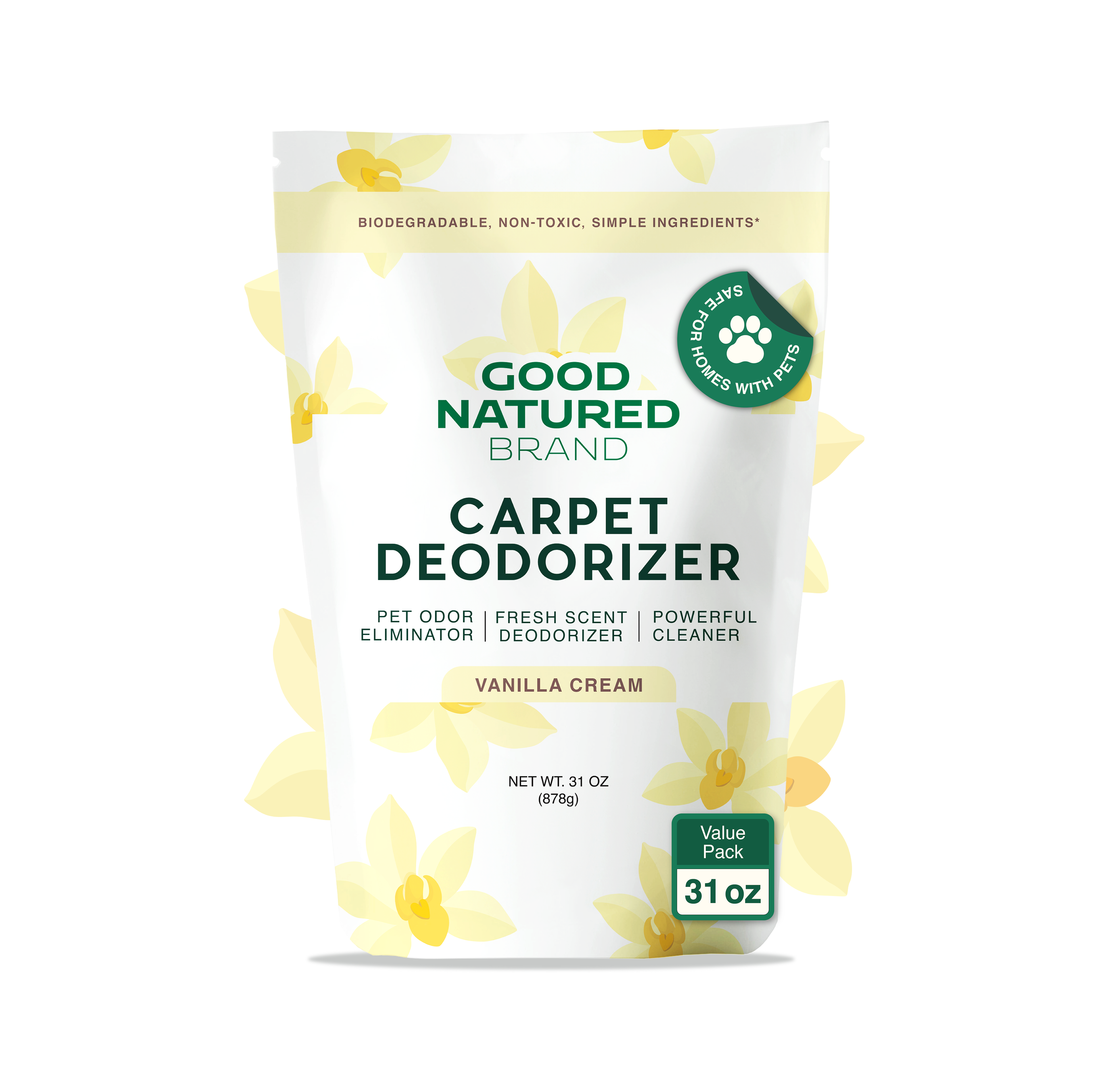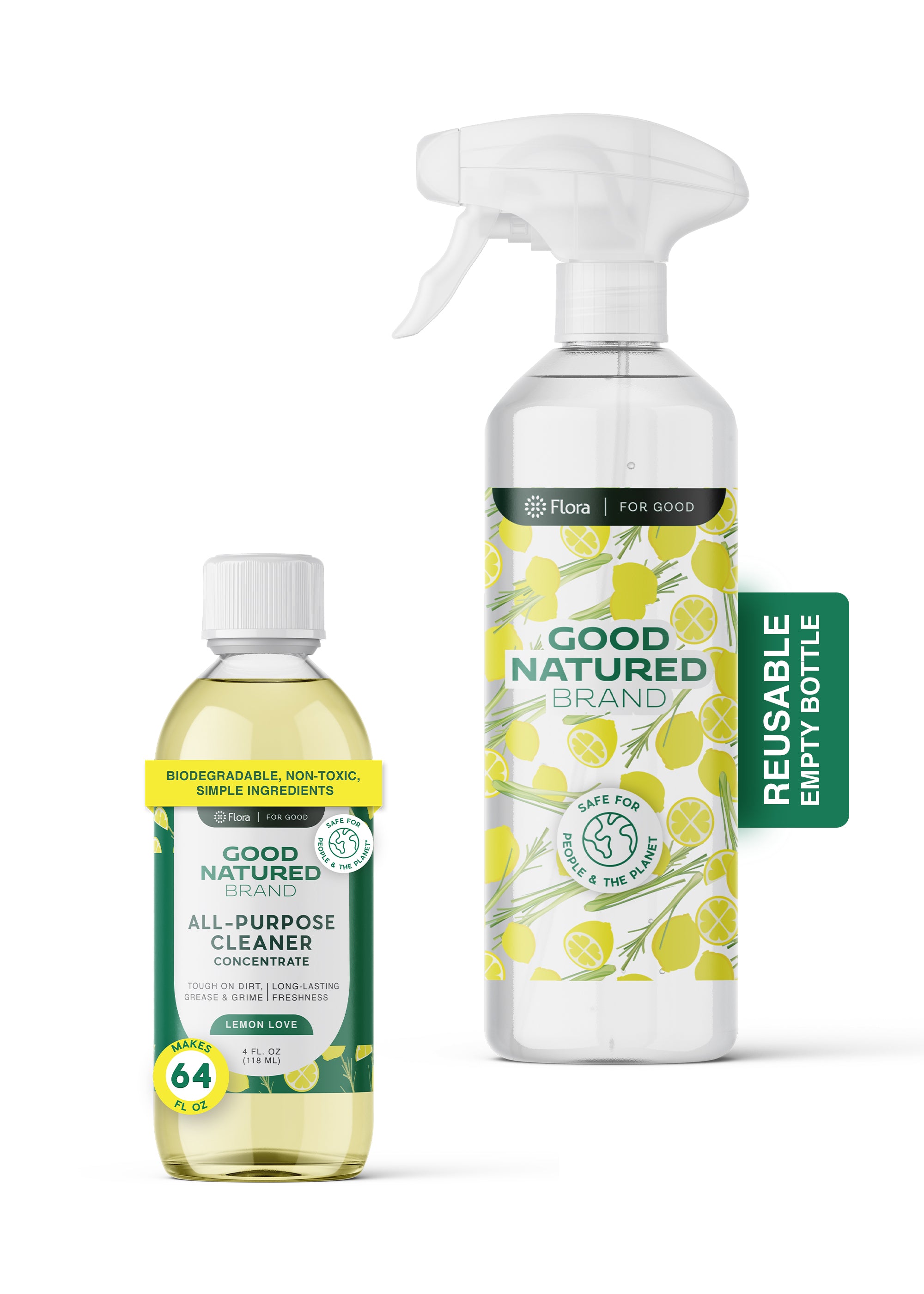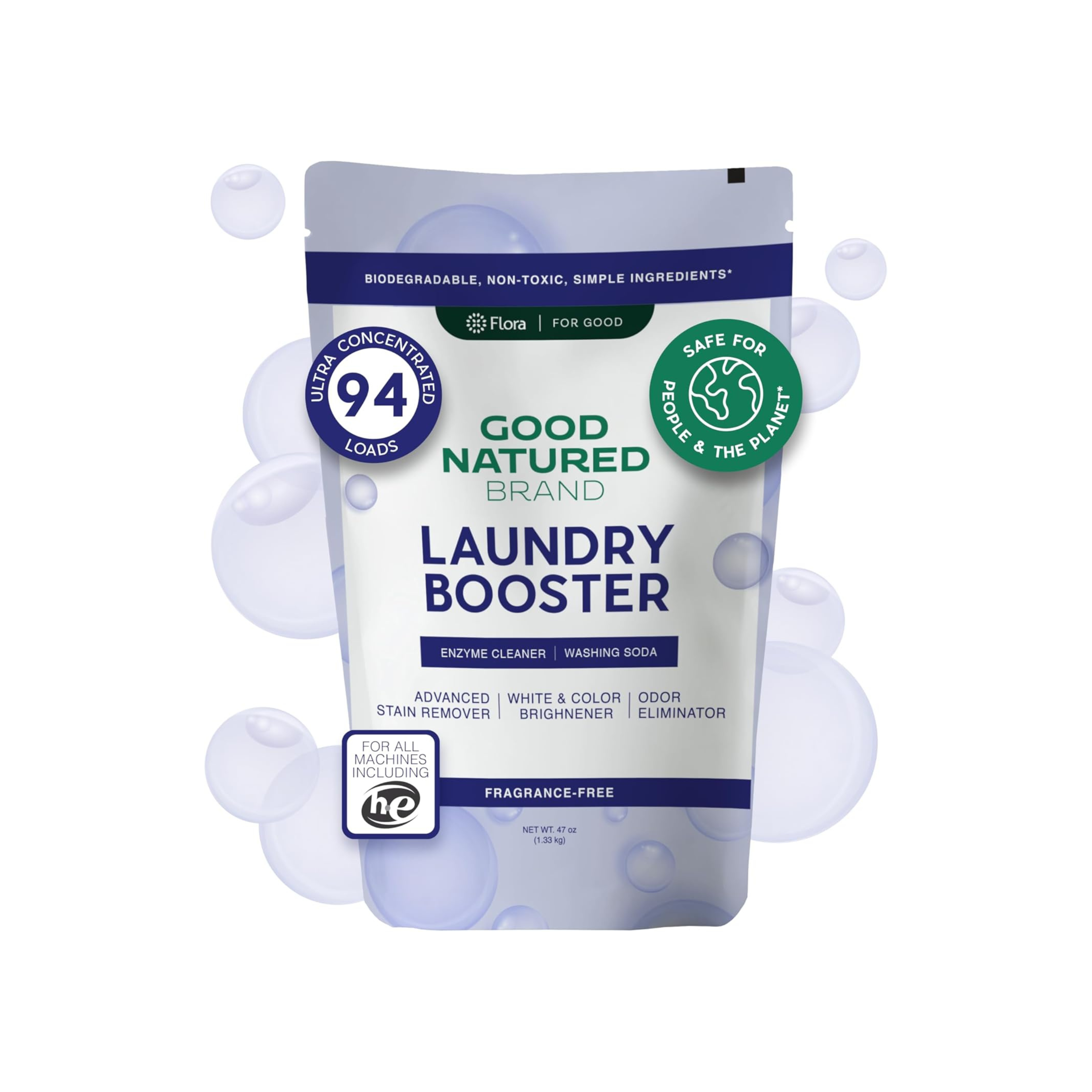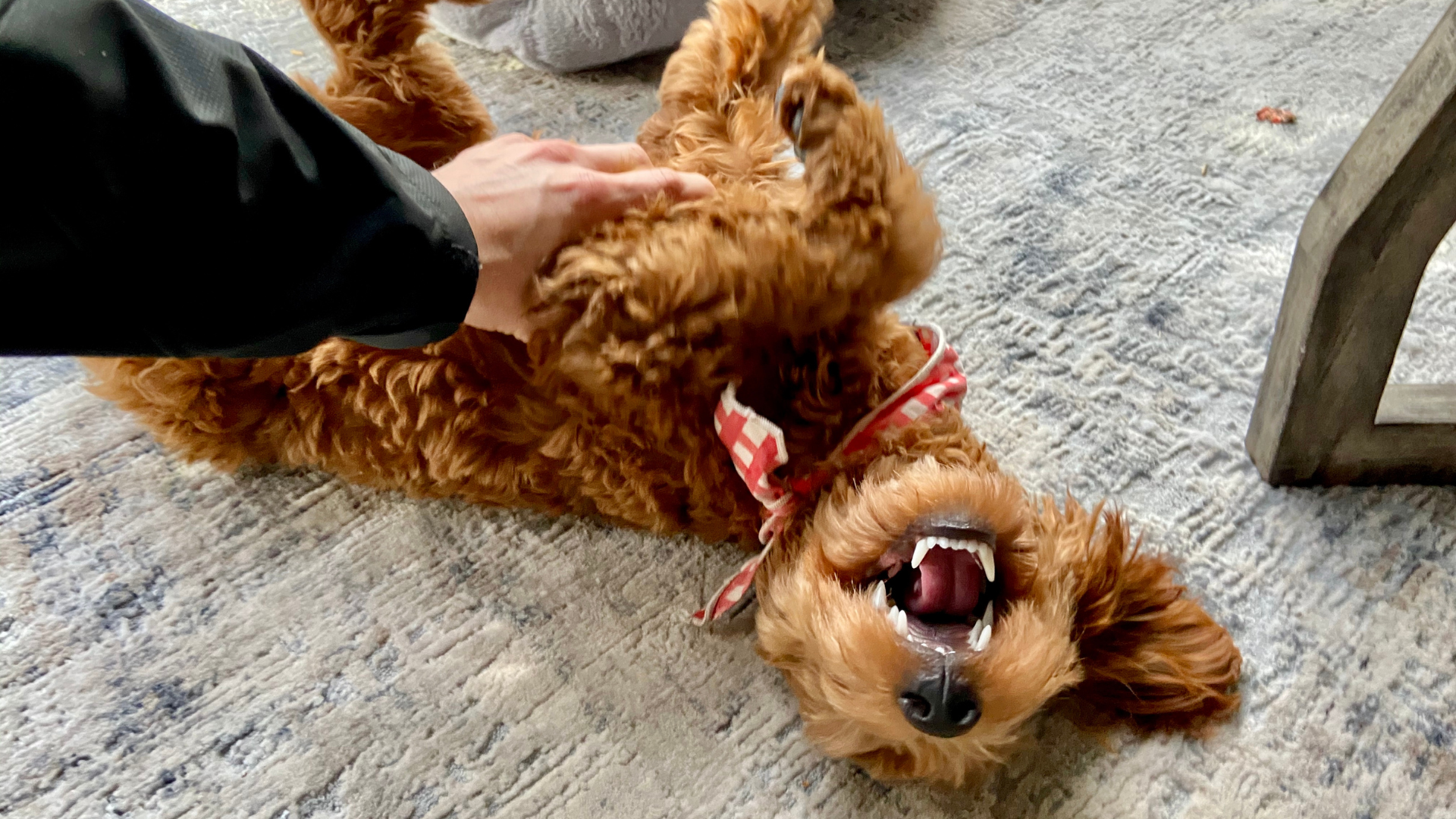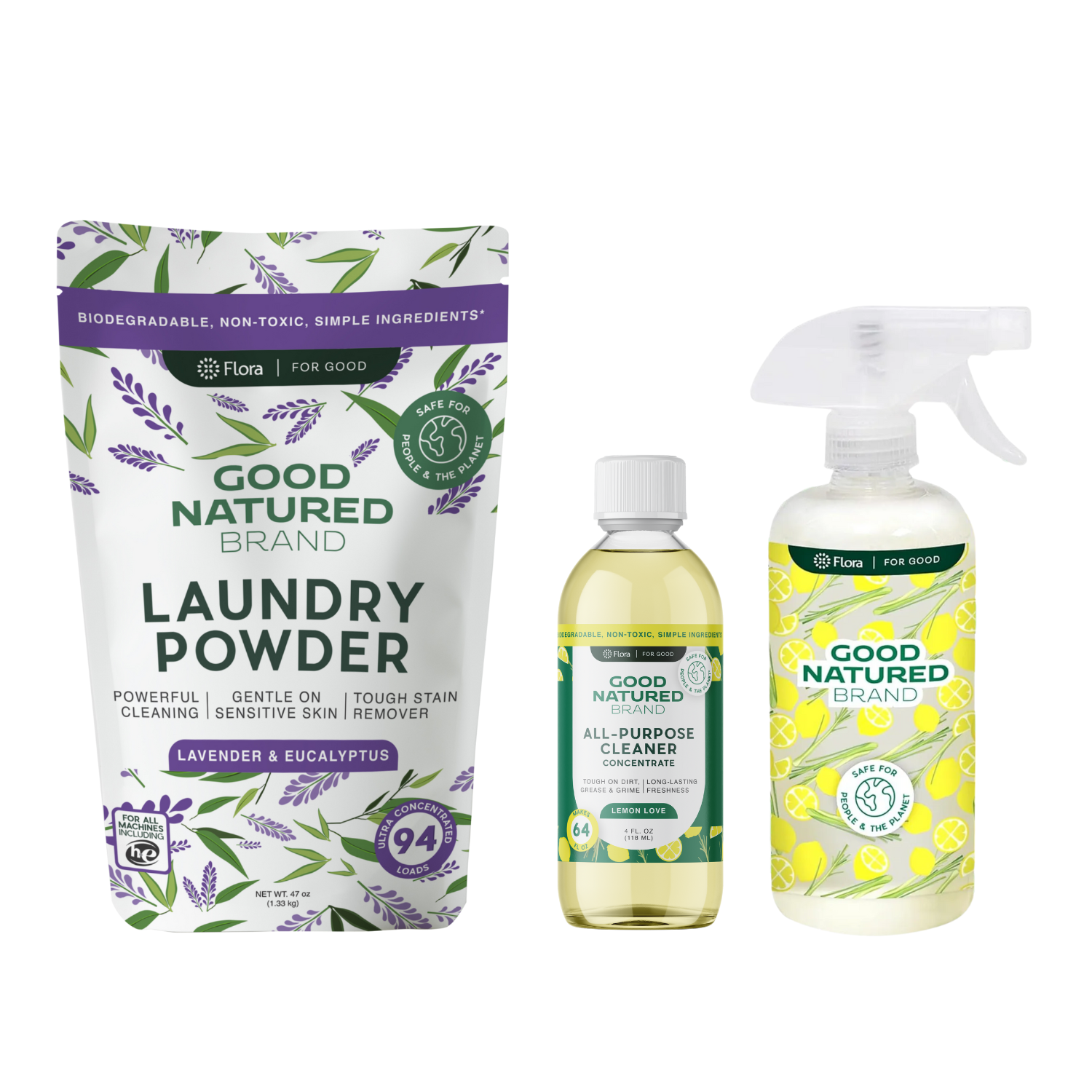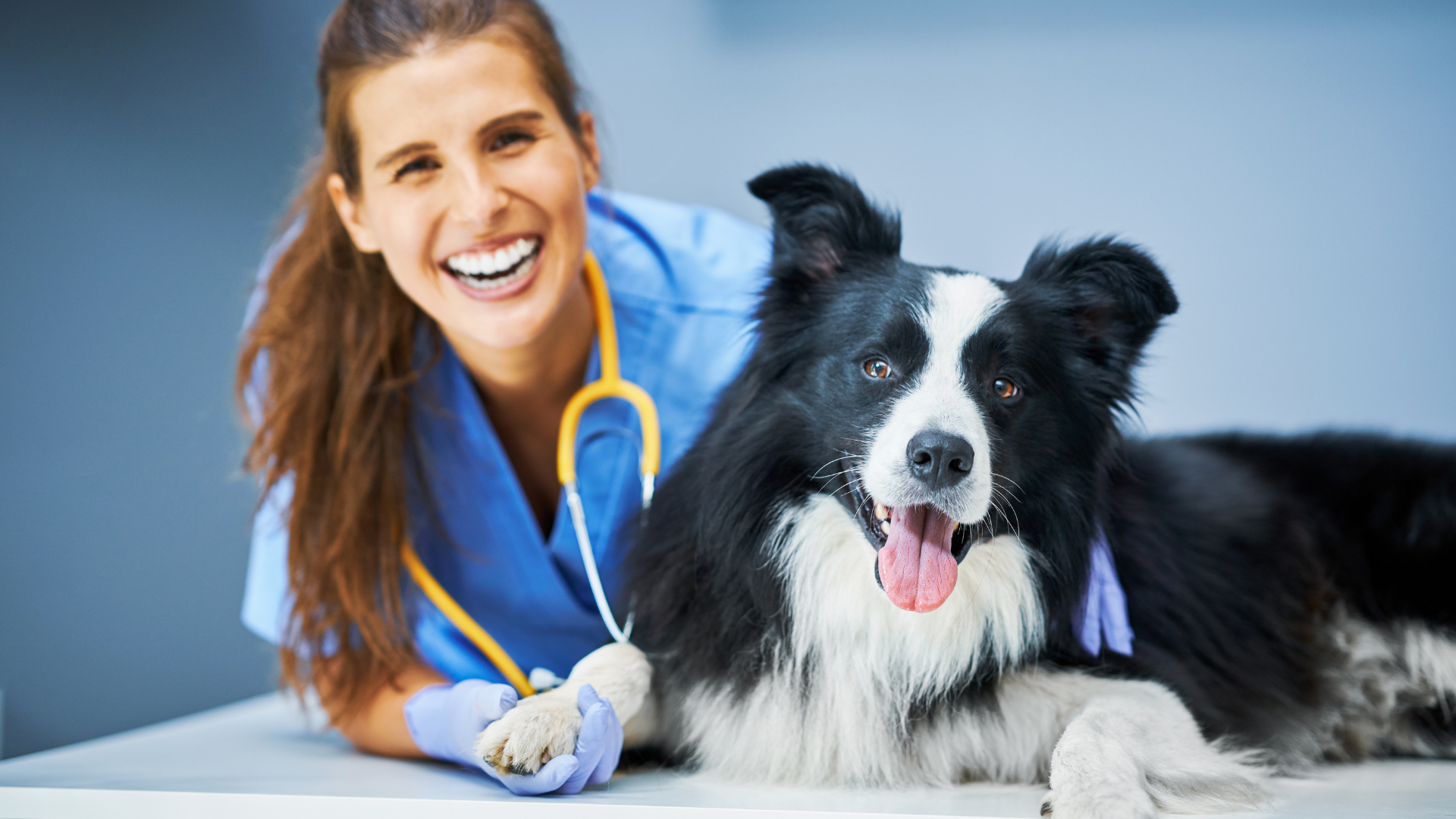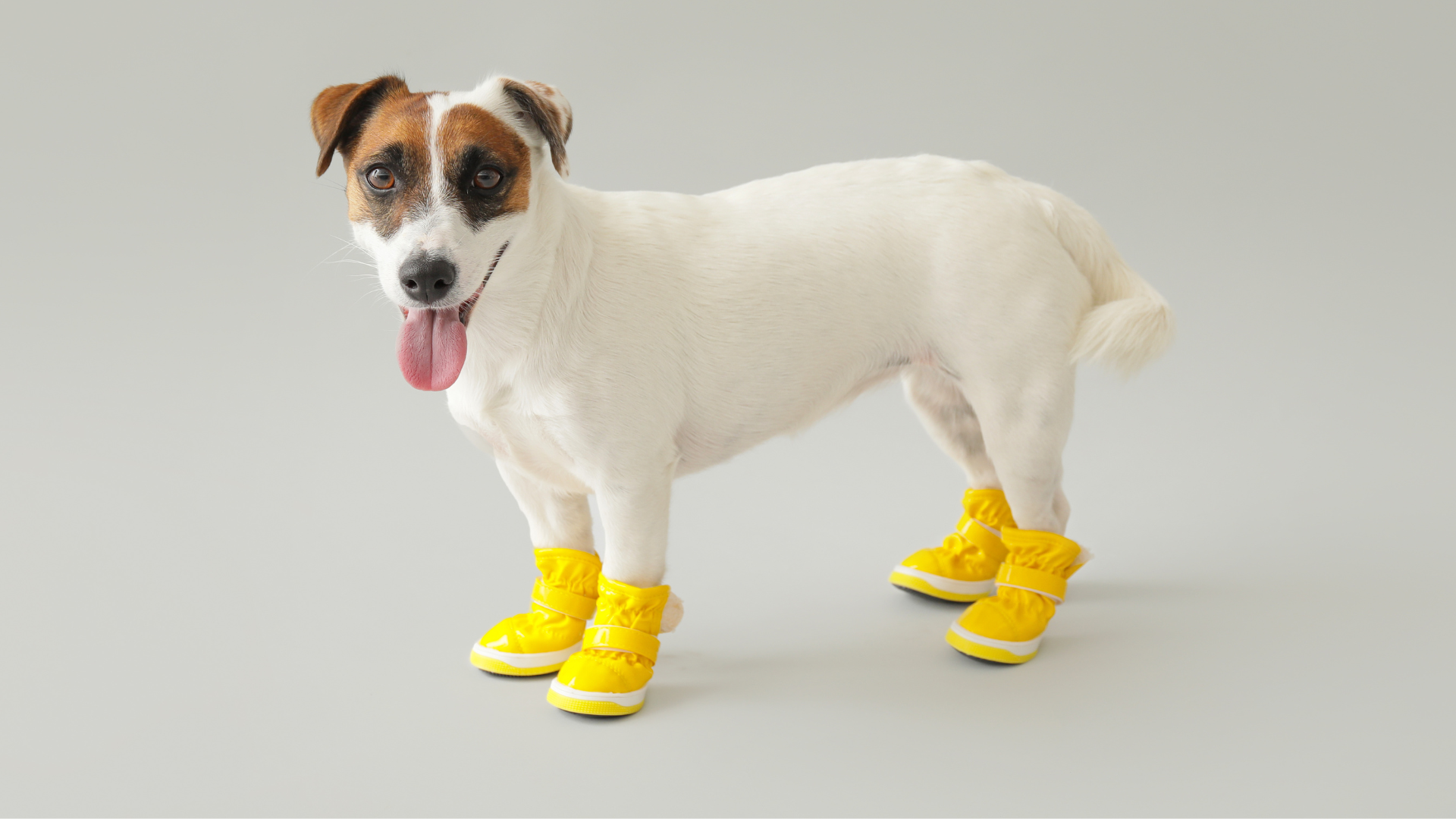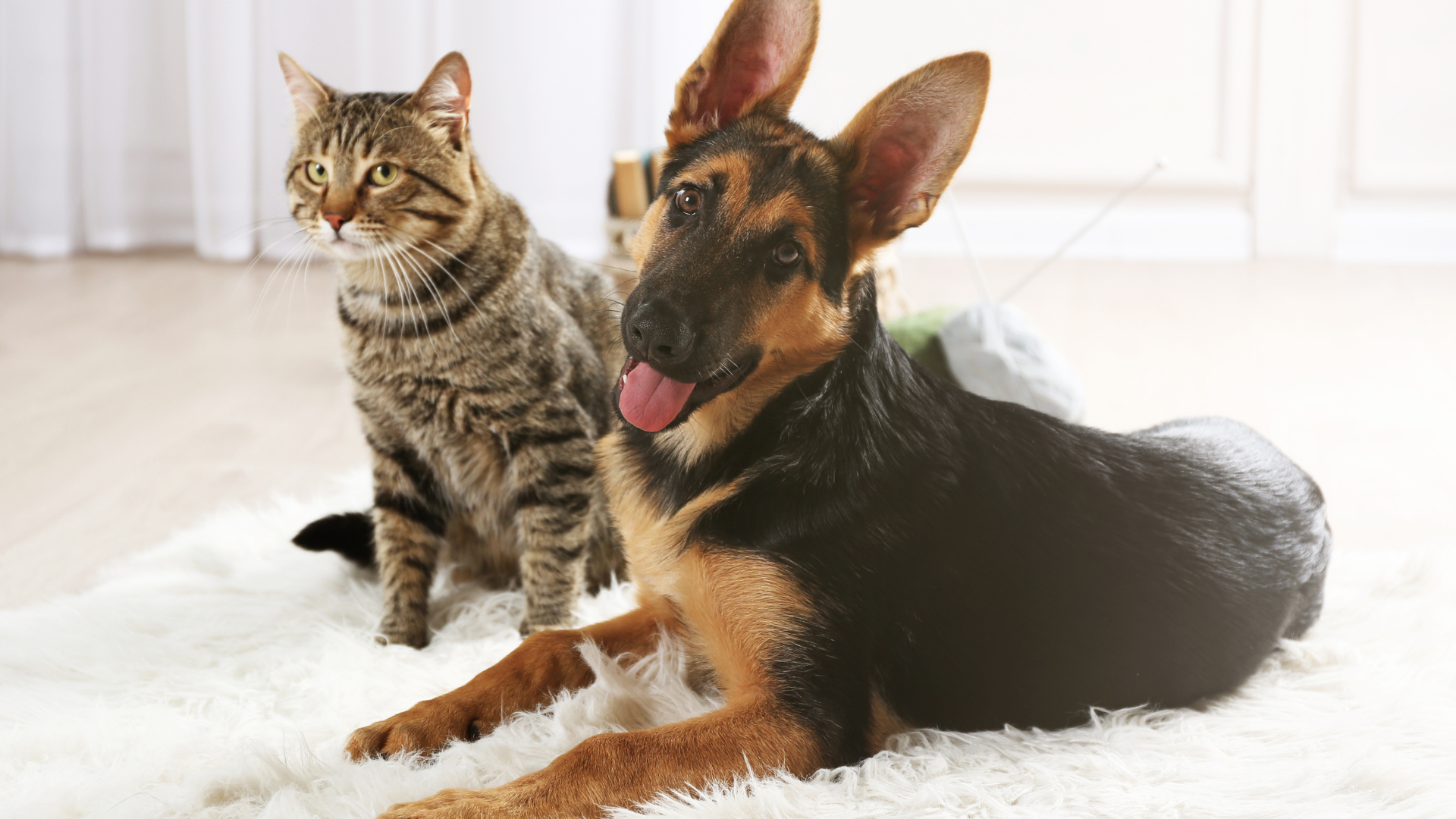What’s Happening in a Dog’s Brain During a Belly Rub?
When your dog rolls over and invites a belly rub, it’s not just seeking affection—it’s triggering a cascade of biological and emotional responses. From a scientific standpoint, belly rubs activate the canine brain’s pleasure centers, releasing a flood of feel-good chemicals like oxytocin and dopamine.
Oxytocin, often called the “bonding hormone,” is the same chemical that helps human parents connect with their babies. In dogs, oxytocin enhances feelings of comfort and trust. When you rub your dog’s belly, both of you may actually experience a shared rise in oxytocin levels. It’s a two-way street of emotional bonding.
Dopamine, another neurotransmitter released during belly rubs, is associated with reward and pleasure. The gentle, rhythmic motion of petting mimics behaviors like grooming in a pack, which dogs associate with social belonging and safety.
This chemical response helps explain why dogs often appear to “melt” under a good belly rub—eyes half closed, limbs loose, tail slowly thumping. It’s not just cute; it’s neurobiologically rewarding.
Creating a relaxing space enhances the experience for your dog. A cozy corner with clean bedding or a soft throw can go a long way. After a particularly snuggly session, freshen the area naturally using Carpet Deodorizers to eliminate any pet odors without artificial fragrances. This keeps the vibe relaxed and welcoming for future belly rub bonding.
Why Touch Matters: Affection and the Canine Nervous System
Dogs are highly tactile animals. While sight and smell are dominant senses, physical contact plays a vital role in how dogs communicate and understand the world around them—especially when it comes to relationships with their humans.
Touch activates the parasympathetic nervous system, which helps regulate rest and relaxation. Belly rubs, in particular, can lower a dog’s heart rate and breathing while promoting a sense of calm. This is why dogs often gravitate toward belly rubs during quiet moments, like winding down after a walk or lying beside you on the couch.
Interestingly, the belly is a sensitive area for most dogs. It’s vulnerable and unprotected, so a dog that exposes its stomach is demonstrating significant trust. Some dogs may love being rubbed there, while others might flinch or pull away. This variation in response often depends on socialization, previous experiences, and even breed tendencies.
As a pet parent, learning to read your dog’s body language is essential. A dog that leans into your touch, closes its eyes, or stretches out further is showing clear enjoyment. On the other hand, a dog that tenses up, kicks its legs abruptly, or licks its lips may be feeling uncomfortable.
To ensure your dog’s comfort during affectionate moments, it’s important to maintain a clean and calming environment. Washing their blankets, bed covers, or cuddle spots with Laundry Powders can help eliminate odors and irritants, while being gentle on sensitive dog skin. This small step can improve both physical and emotional relaxation.
The Role of Belly Rubs in Dog-Human Bonding
While belly rubs feel great to dogs, they also carry deep emotional value. In the animal world, social grooming strengthens group cohesion. Dogs, descended from pack animals, retain this instinct. They associate physical touch with safety, companionship, and loyalty.
When you rub your dog’s belly, you’re not just soothing their skin—you’re reinforcing your place as a trusted member of their inner circle. For rescue dogs or pups with trauma histories, gentle belly rubs over time can help rebuild confidence and reduce anxiety.
Scientific studies support this. Research has shown that consistent, positive physical touch between dogs and humans can reduce cortisol, the hormone associated with stress. Even short, daily petting sessions can lead to measurable improvements in a dog’s emotional well-being.
But belly rub bonding doesn’t just benefit dogs—it affects humans too. Petting animals has been linked to reduced blood pressure, improved mood, and even increased immune function in people. It’s one of the simplest and most effective ways to connect and decompress together.
Make sure the environment supports the bonding experience. After a cuddle session on the floor or couch, give your surfaces a quick refresh using All Purpose Cleaners. These cleaners are tough on grime yet safe around pets, helping you keep your space clean without disrupting the calm.
The simple act of rubbing your dog’s belly carries emotional weight, neurological impact, and physical health benefits. Understanding the science only deepens the significance—and turns each belly rub into an act of love backed by biology.
What Belly Exposure Really Means
When a dog rolls over and shows its belly, it’s not always asking for a rub. Understanding canine body language is key to interpreting what your pup truly wants in that moment.
In some cases, belly exposure is a submissive signal—a way for dogs to communicate peace, respect, or deference to humans or other animals. This behavior is often accompanied by tucked ears, averted eyes, or a stiff posture. It’s the dog saying, “I’m not a threat,” not necessarily “rub my belly.”
On the flip side, a truly relaxed dog inviting affection will display soft body language—loose limbs, a wagging tail, perhaps a gentle pawing at your hand or leaning into your touch. These are green lights for a belly rub.
Reading these subtle cues helps avoid miscommunications that could lead to discomfort or even fear. If a dog flips over suddenly during play or training, take a moment to observe their expression and energy before reaching down. You may find that what they want is space—not a scratch.
Creating an inviting and comfortable space is essential to encouraging healthy affection. If your dog tends to lie on area rugs or soft mats, keep those spots fresh with Carpet Deodorizers to eliminate pet odors and ensure a calming atmosphere for bonding moments.
How to Know If Your Dog Actually Likes Belly Rubs
Contrary to popular belief, not all dogs enjoy belly rubs—and that’s perfectly normal. Some dogs may be ticklish, have sensitive skin, or simply prefer affection in other forms, such as a chin scratch or a gentle ear rub.
So how do you know if your dog is truly enjoying a belly rub? Look for these consent cues:
-
Loose, wiggly body
-
Tail wagging at mid-level (not tucked or stiff)
-
Soft, squinty eyes or eyelid fluttering
-
Relaxed breathing
-
Leaning into your hand
If your dog suddenly tenses, holds their breath, turns their head away, or licks their lips repeatedly, these are signs they may not want to be touched at that moment. In that case, stop immediately and give them space.
It’s also helpful to observe patterns. Does your dog roll over frequently in relaxed settings like on the couch, in the yard, or before bed? Or only in high-stress moments like at the vet? Context will tell you a lot.
Over time, as trust grows, many dogs who were once uncertain about belly rubs will begin to enjoy them—especially if you pair the experience with calm energy and a predictable environment. Washing your dog’s favorite bed, towel, or cuddle blanket with Laundry Powders can contribute to this comfort by removing irritants and replacing odors with a clean, familiar scent.
Common Misinterpretations of Dog Behavior
It’s easy to mistake a belly-up posture for a universal sign of happiness, but the truth is more nuanced. Here are a few commonly misunderstood signals and what they might really mean:
-
Rolling over during play: Could be a defensive maneuver, not an invitation to pet.
-
Sudden flop during training: Might indicate confusion, fear, or avoidance behavior.
-
Belly showing combined with yawning or whining: Often signals anxiety or uncertainty, especially in unfamiliar environments.
These misinterpretations are more likely to occur in situations involving unfamiliar people, children, or overstimulation. Dogs who are bombarded with touch without proper body language reading may develop negative associations with affection.
Breed also plays a role. While some dogs (like Golden Retrievers and Pit Bulls) may be more physically affectionate, others (like Shiba Inus or Chihuahuas) may prefer limited or more structured contact.
Always approach belly rubs as an invitation, not an expectation. Waiting for clear signals of trust builds confidence in your relationship and helps your dog feel more in control.
To further promote a positive association with physical affection, maintain a peaceful and clean home environment. After playtime or belly rub sessions on floors or furniture, use All Purpose Cleaners to wipe down surfaces. These cleaners are non-toxic and effective, helping ensure your dog’s safe space stays fresh.
Setting the Scene: Creating a Comfortable Environment
The environment plays a huge role in how a dog receives affection. Dogs are more likely to engage in trust-based behaviors, like belly exposure, when they feel relaxed and safe. That means minimizing sensory stressors and enhancing physical comfort.
Choose a quiet, familiar spot—like a living room corner, bedroom rug, or shaded patch in the yard. Soft textures such as blankets or plush beds are naturally inviting, but cleanliness matters too. Dogs have a keen sense of smell and can detect lingering odors long after we do.
Use pet-safe Carpet Deodorizers to refresh rugs or cushions, and wash any blankets used during cuddle time with Laundry Powders. For floors or crates, spray down surfaces with All Purpose Cleaners to create a low-scent, toxin-free setting that supports calm interaction.
These small changes help reduce sensory overload and give your dog the best chance to enjoy affection on their terms. Think of it as setting the emotional tone—because a calm space equals a more confident and affectionate pup.
The Best Times to Offer Belly Rubs
Knowing when to offer a belly rub is just as important as knowing how. Dogs are more receptive to touch when they feel relaxed, safe, and emotionally connected to their environment and their humans.
Look for natural opportunities during quiet moments. After a walk, during a lazy afternoon nap, or while cuddling on the couch are great times to initiate gentle petting. If your dog flops over during one of these times—tail wagging and body loose—it’s likely an invitation to rub that belly.
Avoid offering belly rubs when your dog is overly excited, anxious, or distracted. These moments can create confusion and may even lead to overstimulation.
Also consider your environment. A clean, calm space—like a favorite dog bed or soft rug—can help signal to your pup that it’s time to settle in and enjoy some attention. Use Carpet Deodorizers to refresh these areas and eliminate odors that might disrupt the calm.
How to Give a Belly Rub Your Dog Will Actually Enjoy
The perfect belly rub is gentle, responsive, and respectful. Begin slowly by placing your hand on your dog’s side or chest, and wait for signs of approval. If your dog stretches out further, sighs, or nudges you, they’re likely saying “yes.”
Use an open palm and gentle pressure to rub in slow, circular motions. Avoid ticklish spots unless you know your dog enjoys them, and be especially cautious around ribs, hips, or surgical scars. Belly rubs don’t need to be vigorous—light, rhythmic strokes are often the most enjoyable.
Always watch your dog’s body language. If they shift away, tense up, stop wagging, or get up, that’s your cue to stop. Just like humans, dogs have boundaries, and respecting them helps build a stronger bond.
After the session, you might find loose hair or light shedding on their bedding. Toss those items into the wash with Laundry Powders, which are made with non-toxic ingredients that clean deeply without irritating sensitive pet skin.
When Belly Rubs Aren’t a Good Idea
As much as we love the belly-up pose, there are moments when it’s best to skip the rub. If your dog is recovering from surgery, has skin conditions, or is experiencing pain or anxiety, they may not want to be touched in that area.
Dogs also need personal space, just like we do. Never force a belly rub if your dog rolls over during a stressful event, such as a vet visit or a scolding. In these moments, the posture is usually submissive—not affectionate.
Additionally, dogs in unfamiliar environments may feel uneasy about exposing their belly, even if they typically enjoy rubs at home. Always read the context and your dog’s cues carefully.
If you’re working on creating a calming routine or safe space for your dog, you can reinforce it with sensory cues. Clean their favorite relaxation zones regularly with All Purpose Cleaners to remove dirt and allergens without harsh chemicals. This helps ensure your dog’s comfort from the ground up.
Supporting Calm Bonding Moments with Natural Products
Belly rubs are more than just physical affection—they’re bonding rituals that take place in shared, familiar environments. When those environments are clean, calm, and pet-safe, your dog is more likely to let their guard down and lean into connection.
Start with a tidy space. Whether it’s a living room rug, dog bed, or crate, keeping surfaces fresh encourages comfort and relaxation. Use Carpet Deodorizers to manage odors without artificial fragrances that can irritate dogs.
If your dog curls up with their favorite blanket or plush toy during cuddle time, make it part of your regular laundry rotation. Wash with Laundry Powders that are specifically designed to eliminate pet-related messes while being gentle on sensitive fur and skin.
For hard surfaces like crate floors, entryways, or tile, All Purpose Cleaners offer a safe and effective solution to keep everything hygienic and inviting.
By maintaining a clean, consistent environment, you’re sending your dog a powerful message: this is a place where they are safe, loved, and free to enjoy every belly rub without stress.
Conclusion
At first glance, a belly rub might seem like a simple act of affection—but for dogs, it’s so much more. From activating pleasure centers in the brain to reinforcing the bond between pet and parent, belly rubs tap into biology, emotion, and trust. Understanding the reasons behind this behavior helps you engage more meaningfully with your dog and strengthens your relationship in the process.
Every dog is different. Some adore belly rubs, while others prefer a gentle scratch behind the ears. The key is reading your dog’s cues, respecting their boundaries, and creating an environment where they feel safe and supported.
Whether you're snuggling on the couch or relaxing after a walk, small details like a clean space or a freshly washed blanket make those bonding moments even more enjoyable. Use Carpet Deodorizers to keep cozy areas fresh, Laundry Powders to care for your dog’s bedding, and All Purpose Cleaners for pet-safe surface cleaning.
For more pet-loving tips backed by science and nature, visit the Good Natured Brand blog or explore our main page to find eco-friendly solutions for your home and your pets.
FAQs
1. Why do dogs enjoy belly rubs so much?
Dogs enjoy belly rubs because they activate the release of oxytocin and dopamine—feel-good chemicals that promote bonding and relaxation. It’s also a sign of trust when a dog exposes its vulnerable belly.
2. Are belly rubs safe for all dogs?
While many dogs love them, not all do. Always watch for signs of consent like loose posture and wagging tails. Avoid belly rubs if your dog shows signs of tension or discomfort.
3. How can I tell if my dog wants a belly rub?
If your dog flops over, wags its tail gently, and looks relaxed, it may be inviting a belly rub. If your dog tenses up, turns away, or licks its lips, it’s best to stop.
4. What should I clean my dog’s bedding with after cuddle sessions?
Use Laundry Powders that are gentle on sensitive skin and made from non-toxic ingredients to remove odors and residue safely.
5. How do I keep my dog’s favorite cuddle spots fresh?
Refresh soft areas like rugs or beds with Carpet Deodorizers and wipe down hard surfaces with All Purpose Cleaners to maintain a clean, pet-friendly environment.
